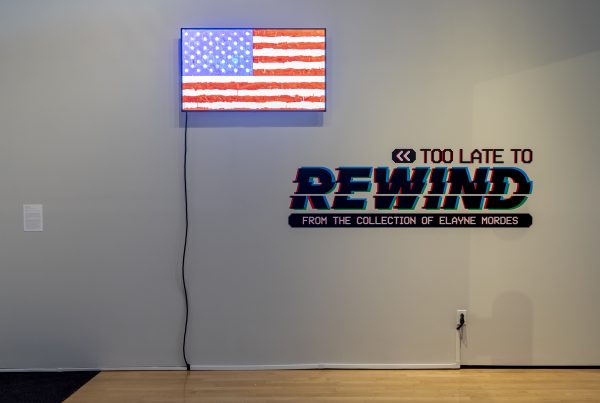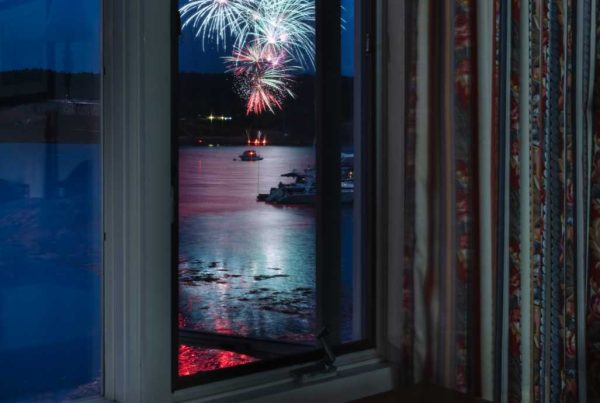“The Lady in the Van,” which opens Friday in South Florida, is a Maggie Smith vehicle in the most accurate sense of the word. She plays Mary Shepherd, a cantankerous, untamed shrew living out of a battered van in 1970s and ‘80s in the neighborhood of Camden, in London. Outfitted in earthen bag-lady couture and exuding an obstinate self-determination familiar to ladies of a certain age, Mary’s presence among the denizens of the upscale borough in which she plants her mobile home suggests a mix of local pariah and charity case. For one resident, playwright Alan Bennett (Alex Jennings), she becomes a permanent fixture of his life.

Billed as “a mostly true story”—which is what all fact-based movies are, though few are honest enough to admit it up front—“The Lady in the Van” is based on Bennett’s slim memoir and 1999 play of the same name, which in turn was inspired by his correspondence with Shepherd, who lived in the driveway of Bennett’s walkup for 15 years.
This sort of domestic arrangement is intrinsically interesting, but for a visual and storytelling medium like cinema, there isn’t much there there. Director Nicholas Hytner, who filmed Bennett’s “The History Boys” in 2006, tries to inject periodic suspense into the tale, in the form of a mysterious drifter who occasional makes nocturnal visits to Shepherd’s van to collect money. There’s also the matter of Shepherd’s backstory as a nun and her stymied talent as a concert pianist, which has resulted in a Pavlovian rejection of live or recorded music.
But the relationship between Alan and Mary is fundamentally opaque and, with one notable exception, literally hands-off. He refuses the role of caregiver, as most people would, living his life and leaving the movie without an emotional propeller. It’s a story better read than seen, because that’s where Bennett’s literary gifts flourish: describing the mélange of rotten smells that a Mary Shepherd cameo leaves behind, or finding the perfect metaphor to convey the absurdity of their daily encounters. As a screenwriter, Bennett relies too much on voice-over narration, and his pen faults him into overexplaining what the visual medium already reveals—like the irony of his mother’s assertion that Miss Shepherd is bound for the nursing home when she herself is on the verge of senility, or that his gentrified neighbors tolerate Shepherd less out of kindness than liberal guilt.

For visual variety and narrative quirk, Bennett the screenwriter imagines Bennett the character as a personality split into two—the writer and the liver—and in the interior scenes, they argue with each other, unspooling insecurities about work in the metaphysical manner of a ‘70s Woody Allen comedy. It’s cute, but it’s also a crutch.
Smith is the jewel of the movie, as expected. She played the role onstage and wears it now like so many of Shepherd’s tattered brown coats. As she ages, plausibly and without frills, into twilight and beyond, she ensures that we like her even when Mary Shepherd supplies us with little to appreciate.







